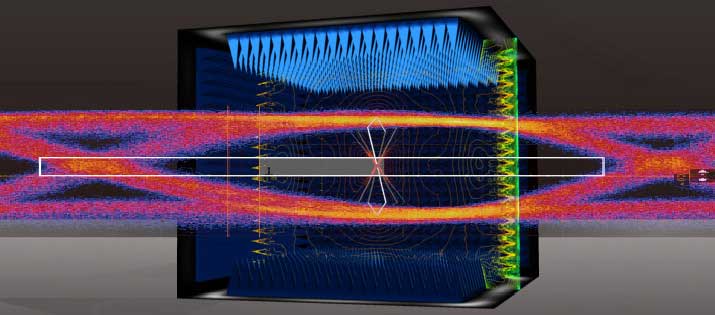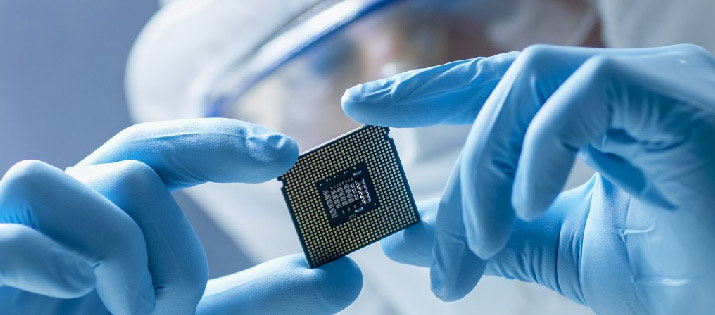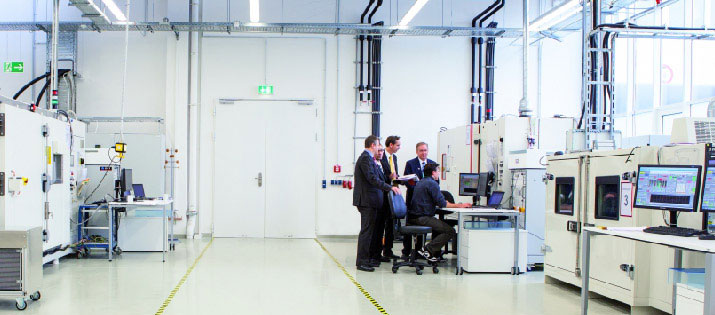New Look for POS Applications: Tablet POS Systems
With the advancement of technology and the widespread use of mobile devices, tablets are gradually being integrated into POS (Point of Sale) systems. What advantages do tablet POS systems have compared to traditional POS terminals? Based on user needs, we’ll guide you through understanding the advantages of tablet POS systems in terms of hardware, price, and service.
- Portability: Tablets are small and lightweight, making them easy to move and carry, suitable for businesses with limited space.
- User-friendly operation: Tablets use touchscreen interfaces, making them intuitive and easy to use, even for inexperienced user.
- Affordable pricing: Tablet POS systems are generally cheaper than traditional POS terminals, making them a good choice for businesses with limited budget.
Although more and more businesses are adopting tablet POS systems, there are some issues associated with their use:
- Security concerns: Tablets have lower security levels and are vulnerable to hacking, leading to potential data breaches.
- Stability issues: Tablets may experience stability issues such as crashes or freezes, impacting normal usage.
- Durability concerns: Tablets are less durable and prone to damage, requiring frequent maintenance or replacement.
The Functionality and Potential Risks of Tablet POS System Enclosures and Stands
In order to address these issues, several vendors have introduced dedicated enclosures and stands for tablet POS systems. These enclosures and stands can enhance the security, stability, and durability of tablets, while providing additional functionality such as
- Protecting the tablet from damage caused by drops, scratches, and dust.
- Providing additional battery life.
- Integrating devices such as card readers, printers, etc.
However, such enclosures and stands may also present some problems, such as:
- Impact on wireless connectivity: The materials and design of enclosures and stands may affect the tablet’s wireless signal, causing slower data transmission speeds or disconnections.
This article will explore the impact of tablet POS enclosures and stands on wireless connectivity performance. Through testing different materials and designs of enclosures and stands, we will analyze their effects on tablet wireless signals.
Case Study: Impact of iPad Pro Enclosures and Stands on Wireless Performance
Background
Allion has previously collaborated with a client who integrated their manufactured protective cases and stands with iPad Pros for use in POS machines. In order to determine whether their products would impact the wireless performance of the iPad Pro, the client commissioned Allion to conduct testing. They sought objective third-party recommendations from Allion to assist them in making early adjustments and modifications to their products.
Wireless Performance Testing – Test scenarios and conditions
Allion recommends observing the performance differences in three assembly scenarios through LTE and Wi-Fi OTA testing. Figure 1 illustrates the three assembly scenarios of iPad Pro with the client’s products, while Tables 1 and 2 outline the test conditions.



Analysis of Measurement Results
Measurement 1
Figure 2 illustrates the Total Radiated Power (TRP) results under different LTE bands, comparing three scenarios: “Without Enclosure” (represented by blue diamond lines), “With Enclosure” (represented by red square lines), and “With Enclosure and Stand” (represented by green triangle lines). The X-axis denotes LTE bands 2, 4, 5, and 12, while the Y-axis measures the TRP results. Higher TRP values indicate longer usable distances with reduced susceptibility to co-frequency interference.
From the graph, we observe that in all LTE bands, the TRP values are higher in the scenario without an enclosure. Upon installing the enclosure, the TRP values decrease, significantly lower compared to the scenario without an enclosure. In fact, in LTE band 5, after installing the enclosure, the device may even fail to register with the base station simulator. TRP values with both enclosure and stand are also lower than the scenario without an enclosure.

Measurement 2
Figure 3 shows the comparison of TIS, where the X-axis represents LTE bands, and the Y-axis measures TIS in dBm. Lower TIS values typically indicate a more sensitive receiver, capable of detecting weaker signals. Among all LTE bands, the “Without Enclosure” scenario exhibits the best TIS values. Upon installing the enclosure, TIS values degrade significantly. The difference in TIS values between the “With Enclosure and Stand” scenario and the “With Enclosure” scenario is minimal. Therefore, from the graph, we can conclude that “Without Enclosure” provides the best receiver sensitivity across all tested LTE bands, while adding an “Enclosure” or “Enclosure and Stand” leads to performance degradation. These performance degradations could result in reduced operating distances, significantly impacting user experience.

Measurement 3
Figure 4 (left) shows the Total Radiated Power (TRP) of Wi-Fi on different channels, including Channel 6 in the 2.4 GHz band, Channel 36 and Channel 161 in the 5 GHz band, and Channel 37 and Channel 197 in the 6 GHz band. We maintained the testing conditions for the three scenarios: “With Enclosure” and “With Enclosure and Stand.” There was a significant degradation observed in Channel 6 of the 2.4 GHz band under the “With Enclosure” condition, while the impact on channels in the 5 GHz and 6 GHz bands was minor.
Figure 4 (right) presents the trend of TIS testing results, which overall aligns with the TRP testing trends. There was a notable degradation observed in Channel 6 of the 2.4 GHz band under both “With Enclosure” and “With Enclosure and Stand” conditions, while the impact on channels in the 5 GHz and 6 GHz bands was less pronounced.
The fundamental reason for this phenomenon may be that the metal enclosure and its shape affect the original operating frequency bands of the antennas after installation, resulting in degradation in TRP and TIS performance. Similar to the situation when using LTE networks under the “With Enclosure” condition, issues such as reduced transmission speeds or disconnections may occur when connecting via the Wi-Fi 2.4 GHz band. However, there should be fewer issues with the 5 GHz and 6 GHz bands.

Based on our analysis, protective cases and stands may affect the wireless performance of the iPad Pro, so special attention is needed in their design and use. Specifically, in the LTE bands, both TRP and TIS values of the iPad Pro decrease after installing the enclosure, resulting in shorter operating distances. In the Wi-Fi bands, the TRP and TIS values of the iPad Pro sharply decrease in the 2.4 GHz band after installing the enclosure, while the impact is less pronounced in the 5 GHz and 6 GHz bands.
When designing protective cases and stands for the iPad Pro, it is essential to consider their impact on wireless performance. The Allion consulting team recommends:
- Using non-metallic materials or creating openings in the antenna area of metal enclosures to reduce the impact on wireless performance.
- Optimizing designs for different frequency bands, such as adjusting antenna designs after adding the enclosure to ensure good wireless performance across all bands.
Faster, Easier, Better!System Wireless Performance Engineering Testing Services
As demonstrated in the aforementioned wireless performance testing cases, the Allion testing and consulting team leverages its extensive experience in wireless performance verification to help clients accurately pinpoint issues. Not only do we provide feasible solution recommendations, but we also conduct validation after modifications. Based on the client’s actual usage scenarios, Allion can integrate other specific wireless products or different wireless protocols to create a wireless application environment tailored to specific needs, thus achieving personalized wireless solutions. Regardless of the stage of product development, Allion can assist in improving product quality, effectively reducing risks in practical applications, and providing faster, more efficient, and comprehensive one-stop testing and consulting services.
Faster
Allion has professional expertise in both RF and wireless testing fields and has long-term collaborations with many well-known brands in wireless performance and RF interference testing projects. We can help identify issues that products may encounter when they go to market, accelerating the product development and debugging cycle.
- Quickly assist in identifying and solving issues related to low wireless performance
- Quickly establish a wireless interference scenario ecosystem.
- Quickly obtain development verification strategies.
- Quickly obtain verification plans.
Easier
Through the implementation of AI and automation solutions, Allion ensures that every test is “qualitative, quantitative, and reproducible,” helping customers improve product performance in a more efficient manner.
- More efficient testing methods.
- Time-saving testing solutions.
- More accurate testing results.
Better
Allion not only boasts over 30 years of professional experience, a dedicated technical team, and comprehensive testing environments and equipment, but also with rich experience in user scenario testing, we are committed to providing customers with even better service quality.
- More comprehensive user scenario simulation testing.
- More comprehensive verification testing plans
- Professional issue isolation and debugging support.




























